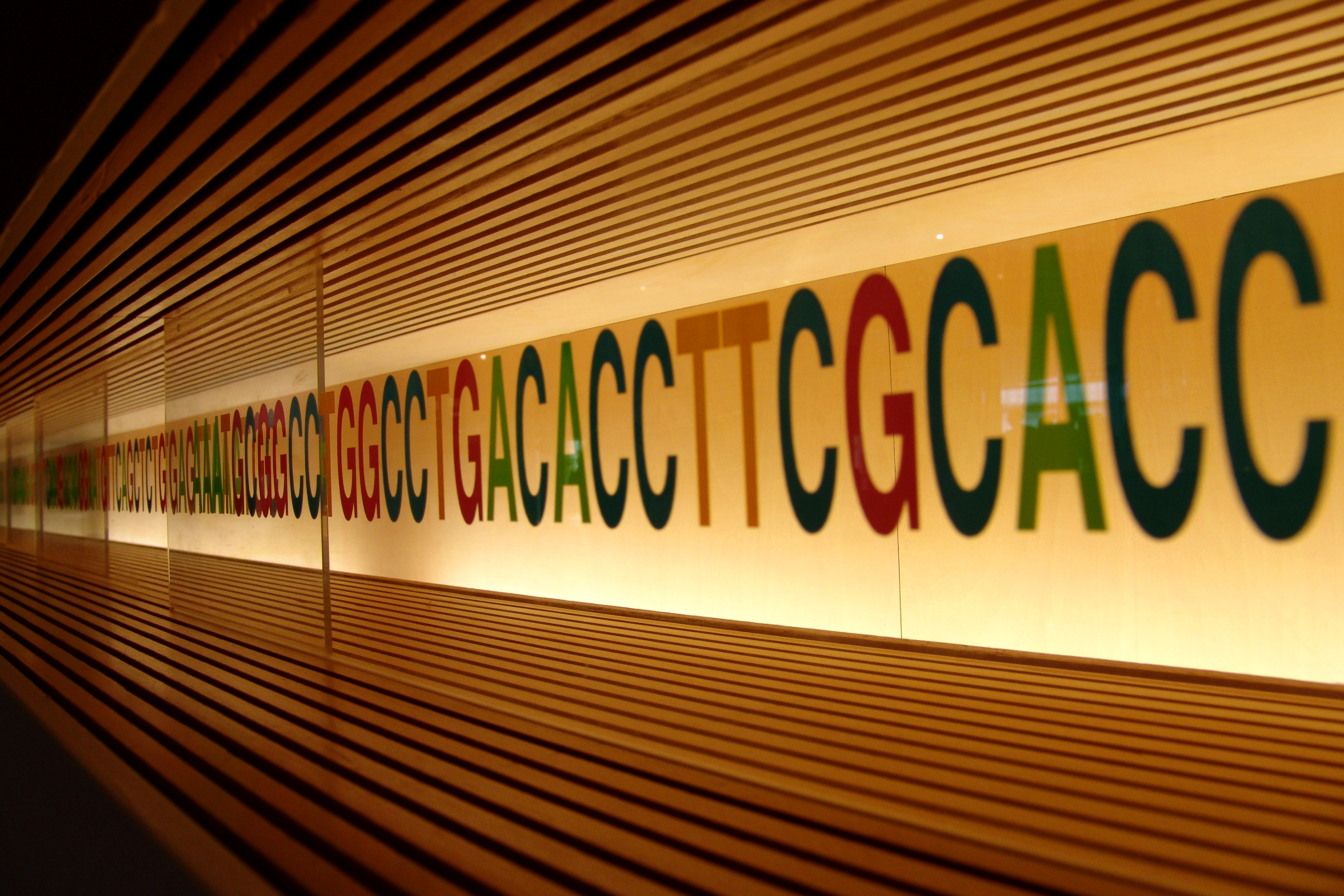CRISPR DNA Editing Can Cause Hundreds of Off-Target Mutations
By Dave Roos,
Seeker [cites Marcy Darnovsky]
| 06. 06. 2017
A new study offers a cautionary tale for using the widely hyped gene-editing tool CRISPR on people.
The gene-editing technology known as CRISPR has only been around for five years, but it’s already generated enough hype and controversy to last a lifetime. Compared to other gene-editing techniques, CRISPR is so fast, cheap, and precise that any scientist with a basic understanding of genetics can experiment with DNA — plant, animal, or human — by cutting out and replacing specific genes.
Some say that the ease and effectiveness of CRISPR will usher in a golden age of genetic modification resulting in new cures for inherited diseases like Huntington’s and muscular dystrophy and new gene therapies for eradicating cancer and HIV. Others see CRISPR as a Pandora’s box leading to a dystopian future of designer babies and expensive life-extending therapies that will further divide the world into genetic haves and have nots.
Now a new study complicates the CRISPR controversy by shining a light on CRISPR’s Achilles' heel — off-target mutations. CRISPR works by targeting short sequences of DNA base pairs in...
Related Articles
By staff, Japan Times | 12.04.2025
Japan plans to introduce a ban with penalties on implanting a genome-edited fertilized human egg into the womb of a human or another animal amid concerns over "designer babies."
A government expert panel broadly approved a proposal, including the ban...
By David Jensen, The California Stem Cell Report | 12.11.2025
California’s stem cell and gene therapy agency today approved spending $207 million more on training and education, sidestepping the possibility of using the cash to directly support revolutionary research that has been slashed and endangered by the Trump administration.
Directors...
By Tina Stevens, CounterPunch | 12.11.2025
Silicon Valley and other high tech billionaires are investing millions in start-ups dedicated to creating genetically engineered (GE) babies, according to a recent Wall Street Journal (WSJ) report. AI mogul Sam Altman, cryptocurrency entrepreneur Brian Armstrong, venture capitalist Peter...
By Jenny Lange, BioNews | 12.01.2025
A UK toddler with a rare genetic condition was the first person to receive a new gene therapy that appears to halt disease progression.
Oliver, now three years old, has Hunter syndrome, an inherited genetic disorder that leads to physical...




